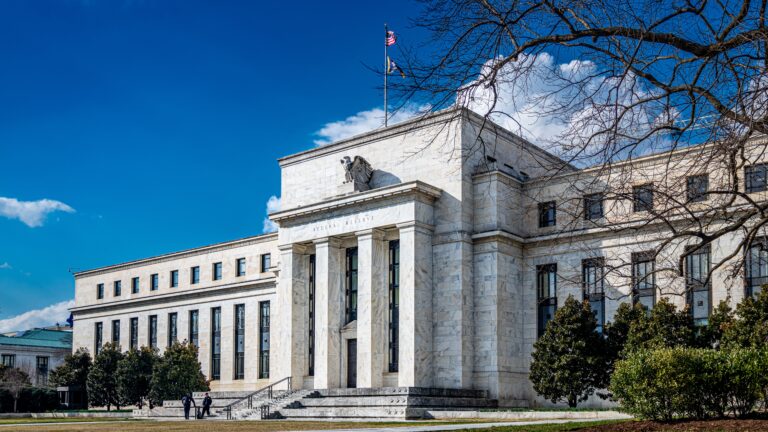

How Safe Are Prime Money Market Funds? (And Are All Funds the Same?)
Executive Summary
This update to our original whitepaper published in April 2006 seeks to answer two questions: 1) Are prime funds getting safer? 2) Are all prime funds alike?
The general risk profile of the large prime fund group has improved since our last publication. The average fund now has better liquidity, better credit quality and lower structural complexity. Weighted average maturity (WAM) risk, however, is on the rise.
There is wide dispersion among funds in each of the major risk categories. Investors can choose from various funds if they are concerned with certain risks.
Introduction
Since we published our whitepaper How Safe Are Money Market Funds in April 2006 which alerted readers to increased risk taking by major prime money funds, this class of funds has been the focus of heightened concern for institutional investors. Significant credit events that have affected money market funds include troubles with subprime mortgage issuers, the disintegration of structured investment vehicles (SIVs), widespread downgrades of AAA-rated bond guarantors, a seized-up short term credit market, and a mass exodus from prime funds in the days after the Reserve Primary Fund’s net asset value (NAV) fell below the constant $1.00 share price.
For this updated paper, we seek to answer how the risk behaviors of large prime money market funds have changed since the Reserve Primary event in September 2008; and how these behaviors differ from fund to fund. Based on empirical data from the fund industry and our own fundamental analysis, we hope this postmortem will help investors identify the evolving risk management necessities of prime money fund due diligence.
We should point out that this paper does not cover the cause and effect of the recent credit events, possible solutions, or pending Securities and Exchange Commission (“SEC”) money fund regulations, which have been discussed in some of our earlier research papers and commentaries.
Risk Framework and Peer Group Definition
One positive outcome of the recent credit crisis is that investors are now paying more attention to risks in money market funds, a concept that was largely theoretical before the Reserve event. As with all fixed income investments, a typical prime fund portfolio take risks in several categories including: interest rate, liquidity, credit, and structure. Additional non-portfolio related risks, such as sponsor and shareholder risks, will not be covered in this paper.
DOWNLOAD FULL REPORT
Our research is for personal, non-commercial use only. You may not copy, distribute or modify content contained on this Website without prior written authorization from Capital Advisors Group. By viewing this Website and/or downloading its content, you agree to the Terms of Use.
Please click here for disclosure information: Our research is for personal, non-commercial use only. You may not copy, distribute or modify content contained on this Website without prior written authorization from Capital Advisors Group. By viewing this Website and/or downloading its content, you agree to the Terms of Use & Privacy Policy.

